Scoates Hall 1932 A Historic Landmark of Agricultural Engineering Named for Daniels Scoates Designer of this Building Professor and Head Department of Agricultural Engineering 1919 to 1939 Eleventh President of ASAE Teacher, Writer, Engineer Counselor to Youth, His Example Still Inspires. Dedicated by the American Society of Agricultural Engineers 1978
USA
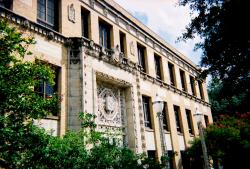
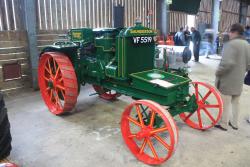
The Rumely Companies, which operated in La Porte, Indiana, from 1853 to 1931, produced a variety of equipment including threshers and steam engines, which helped to change the nature of American and world agriculture. The revolutionary OilPull Tractor, which was introduced in 1910, used a unique carburetion system developed by John Secor, the Company's Chief Engineer. The OilPull tractor efficiently converted a low cost petroleum product to mechanical power, greatly reducing the need for animal and steam power on American farms. Dr.
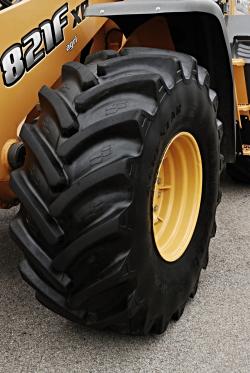
Early tractors were massive and expensive. Their steel lug wheels gave poor traction and a rough ride. Lugs were prohibited on many roads. 1926 Hoyle Pounds modified a Fordson tractor with zero pressure truck tires on special rims to improve performance on sandy soils in Winter Garden, FL.
A successful business resulted. In 1929 Hessel Roorda equipped Farmall tractors with low pressure rubber tires to pick corn in muddy fields near Rock Valley, IA. Farmers found they performed well in all conditions.
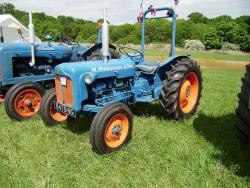
The First Agricultural Tractor Roll-Over Protection Structure (Rops) In The USA Resulted From Research By Lloyd H. Lamouria, Ralph R. Parks And Coby Lorensen At The Agricultural Engineering Department Of The University Of California At Davis. It Was Designed And Successfully Tested In The Summer Of 1956. It Was Exhibited And Reported At The Annual Meeting Of The Pacific Coast Section Of The American Society Of Agricultural Engineers (ASAE) In December 1956. Warren I. Hanson, Safety Coordinator, N.
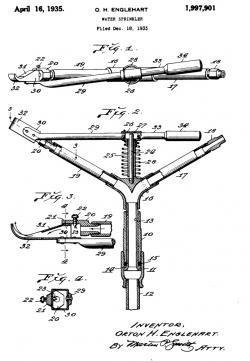
The Rain Bird horizontal action impact drive sprinkler head was invented in 1933 by Orton Englehardt, a citrus grower and native of Glendora. The design offered slow rotation and uniform watering, benefits long sought by local irrigators. Clement M. LaFetra, a friend of Englehardt, urged early patent application. A patent was awarded on December 18, 1933. Englehardt, with no entrepreneurial aspirations, assigned all rights to LaFetra and his wife Mary Elizabeth. Production began in the LaFetra family barn on October 13, 1935.
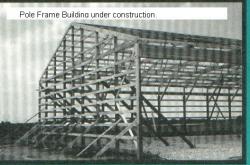
Pole Frame Building Historic Landmark Of Agricultural Engineering - In the mid 1940's, "B G" Perkins of Doane Agricultural Service introduced a new pole-frame construction along the Missouri-Illinois border. This idea revolutionized the way barns were built.
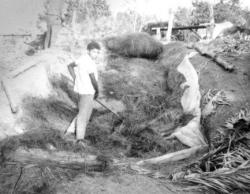
Designated a Historic Landmark of Agricultural Engineering at Oakland Manor In 1876 Francis Morris Built Brick Silos in His Barn and Introduced the Practice of Making Corn Silage in the United States. His Further Experiments Developed the Use of Earthen Trenches and Thereby Significantly Contributed to the Development of American Agriculture Dedicated by Amercan Society of Agricultural Engineers 1976
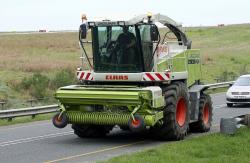
William J. Conroy Of Aylmer, Quebec, Received Patent No. 465,127 On The First Field Hay Chopper On 15 December, 1891. Its Sickle Cut The Crop, Which Was Elevated Directly Into A Cylindrical Curved-Bar Cutterhead. It Was Not Commercially Successful, But It Recognized The Need.
Professor Floyd Waldo Duffee, Agricultural Engineering Department, University Of Wisconsin, Built And Field Tested A Silo Filler With An Attached Hay Loader In 1926. He Presented The Specifications Of A Complete Unified Harvester To The National Asabe Meeting In 1927.
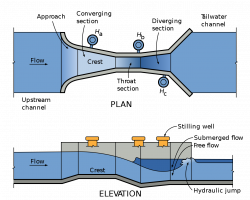
Since the beginning of irrigated agriculture, it has been important to measure flows of irrigation water. Accuracy of early water measurement methods often suffered because of trash or sediment in the water, or unusual flow conditions. Ralph L. Parshall saw this problem when he began working for the USDA in 1915, as an irrigation research engineer. In 1922 he invented the flume now known by his name. When this flume is placed in a channel, flow is uniquely related to the water depth.
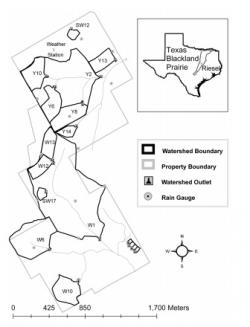
In the mid 1930's, the USDA Soil Conservation Service (SCS) realized the importance of hydrologic processes on agricultural fields and watersheds and determining their impact on soil erosion, floods, water resources, and the agricultural economy. In response, the SCS Hydrologic Division established experimental watersheds in Coshocton, Ohio, Hastings, Nebraska, and Riesel, Texas, and operated them until 1954 when the watersheds were transferred to the newly created Agricultural Research Service (ARS).
ARS Grassland, Soil and Water Research Laboratory near Riesel, Texas. Era_date_from:
Innovations
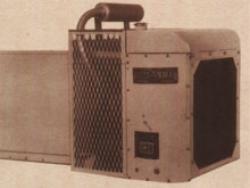
The refrigeration units placed on trucks in 1938 by Thermo King Corp. revolutionized the transportation of perishable foods. Today they are a common sight on streets everywhere. Consumer demand for meat, poultry, produce and dairy products increased at an astounding rate. These installations and…
Read More
The integration of pump and turbine was the first of many to be installed in power-plant systems in the United States. It was the largest and most powerful in the world. As a "pump storage" unit in the Tennessee Valley Authority's system, it effected significant economies in the generation of…
Read More
The IBM 350 disk drive storage development led to the breakthrough of on-line computer systems by providing the first storage device with random access to large volumes of data. Since its introduction on September 4, 1956, it has become the primary computer bulk-storage medium, displacing…
Read More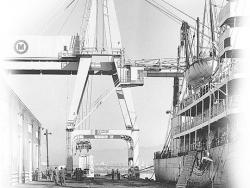
The world's first high-speed, dockside container-handling cranes reduced ship turnaround time from three weeks to eighteen hours. They became the model and set the standard for future designs worldwide. In service January 7, 1959, the A-frame cranes built at Encinal Terminals in Alameda,…
Read More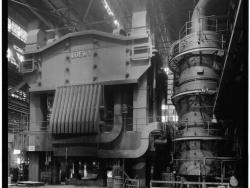
This hydraulic closed-die press, among the largest fabrication tools in the world, has had a profound influence in America's leading role in commercial aircraft, military aircraft, and space technology. As part of the same Heavy Press Program that created the Mesta press, the Wyman-Gordon press…
Read More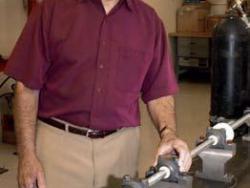
The Southwest Research Institute Split-Hopkinson Pressure Bar apparatus is a mechanical test instrument used to characterize the dynamic response of materials at high strain rates (typical of impacts and explosions).
The apparatus, based on devices invented by Bertram Hopkinson and…
Read More
Published in 1914-15, the ASME Boiler and Pressure Vessel Code (BPVC) was the first comprehensive standard for the design, construction, inspection, and testing of boilers and pressure vessels. With adoption in the United States and use in many countries, it has contributed significantly to…
Read More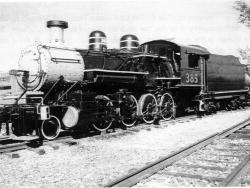
This collection of equipment—all of it maintained in operating condition and used for educational purposes—was established in 1987. It spans the period from the late 19th century to the 1940s, when steam was the prime motive force for most U.S. industries, including rail and marine…
Read More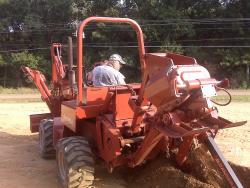
The DWP was the first mechanized, compact service-line trencher developed for laying underground water lines between the street-main and the house. This machine, first produced in 1949, replaced manual digging, thus making installation of running water and indoor plumbing affordable for the…
Read More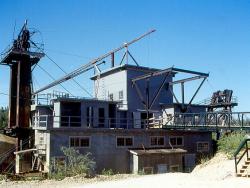
This floating dredge is one of the last mammoth gold dredges in the Fairbanks Mining District that traveled an ancient stream bed, thawing the ground ahead of it and scooping up the gravel. During 32 years of operation, a fortune in gold washed through its sluices. Ladder dredges came to Alaska…
Read More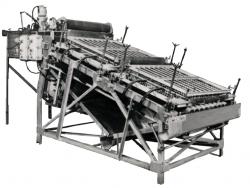
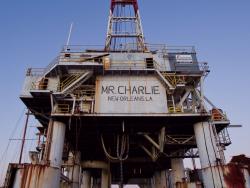
Designed by Alden “Doc” Laborde, Mr. Charlie is the first offshore drilling rig that was fully transportable, submersible and self-sufficient, allowing it to drill more than 200 oil and gas wells along the Gulf Coast between 1954 and 1986.
Laborde, a young U.S. Navy engineer, had the…
Read More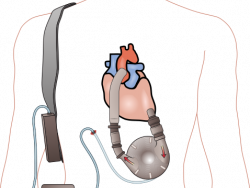
This is the first extremely smooth, surgically implantable, seam-free pulsatile blood pump to receive widespread clinical use. In its use in more than 250 patients, it has been responsible for saving numerous lives. When used as a bridge to transplant, the pump has a success rate greater than 90…
Read More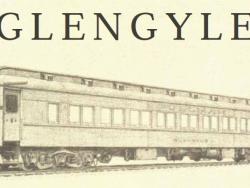
The Glengyle is the earliest known survivor of the fleet of heavyweight, all-steel sleepers built by Pullman Company. The design was introduced in 1907 as a marked improvement over the wooden version then in use. Some 10,000 were built, in various configurations, the last in 1931. The Glengyle…
Read More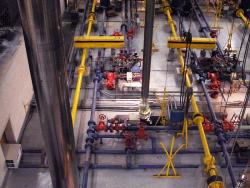
The precision "choreographed" staging of Radio City Music Hall offers size and versatility, unlike any other. Built in 1932 by Peter Clark, its innovative elevator system is a forerunner of other stage designs (including the Metropolitan Opera House) as well as aircraft carrier systems built in…
Read More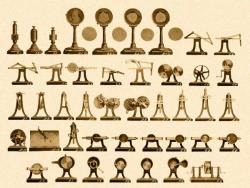
Kinematics is the study of geometry of motion. Reuleaux designed the models in the Cornell collection as teaching aids for invention, showing the kinematic design of machines. The mechanisms in the collection represent the fundamental components of complex machines and were conceived as elements…
Read More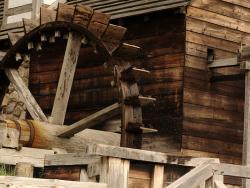
The Saugus Ironworks, the first commercial ironworks in North America, was an impressive technological achievement for an early colony. The same basic processes are used today: reducing iron oxide with carbon to produce metallic iron that can be cast in a mold, producing wrought iron by puddling…
Read More
Designed in 1873 by Christopher Latham Sholes, with Carlos Glidden, Samuel Soulé and Mathias Schwalbach, the Sholes & Glidden 'Type Writer' was the first commercially successful device that rapidly printed alphanumeric characters on paper in any order.
Manufactured by E. Remington…
Read More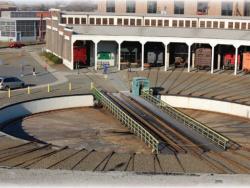
A majority of the buildings, used originally in steam locomotive repair and maintenance, are still intact, including the backshop (erecting shop), roundhouse, flue shop, paint shop, and parts storage buildings. The 37-stall roundhouse is one of the largest remaining roundhouses in North America…
Read More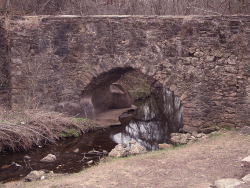
This is one of the earliest uses of engineered water supply and irrigation systems in the United States. The first of eight original acequias was under construction in 1718 and two are still in operation. The remains of one are visible on the grounds of the Alamo. The Acequias of San Antonio are…
Read More

